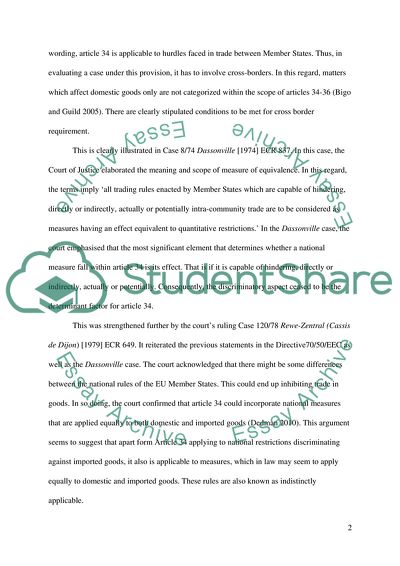Cite this document
(Free Movements of Goods and Parallel Imports Literature review, n.d.)
Free Movements of Goods and Parallel Imports Literature review. https://studentshare.org/law/1766428-love-substantive-eu-law-free-movements-of-goods-and-parallel-imports
Free Movements of Goods and Parallel Imports Literature review. https://studentshare.org/law/1766428-love-substantive-eu-law-free-movements-of-goods-and-parallel-imports
(Free Movements of Goods and Parallel Imports Literature Review)
Free Movements of Goods and Parallel Imports Literature Review. https://studentshare.org/law/1766428-love-substantive-eu-law-free-movements-of-goods-and-parallel-imports.
Free Movements of Goods and Parallel Imports Literature Review. https://studentshare.org/law/1766428-love-substantive-eu-law-free-movements-of-goods-and-parallel-imports.
“Free Movements of Goods and Parallel Imports Literature Review”. https://studentshare.org/law/1766428-love-substantive-eu-law-free-movements-of-goods-and-parallel-imports.


